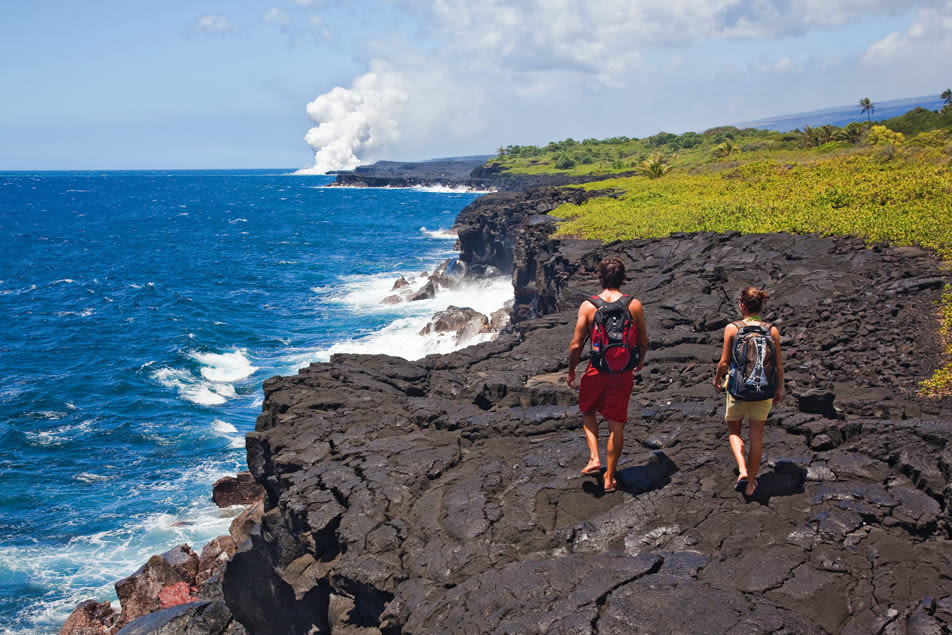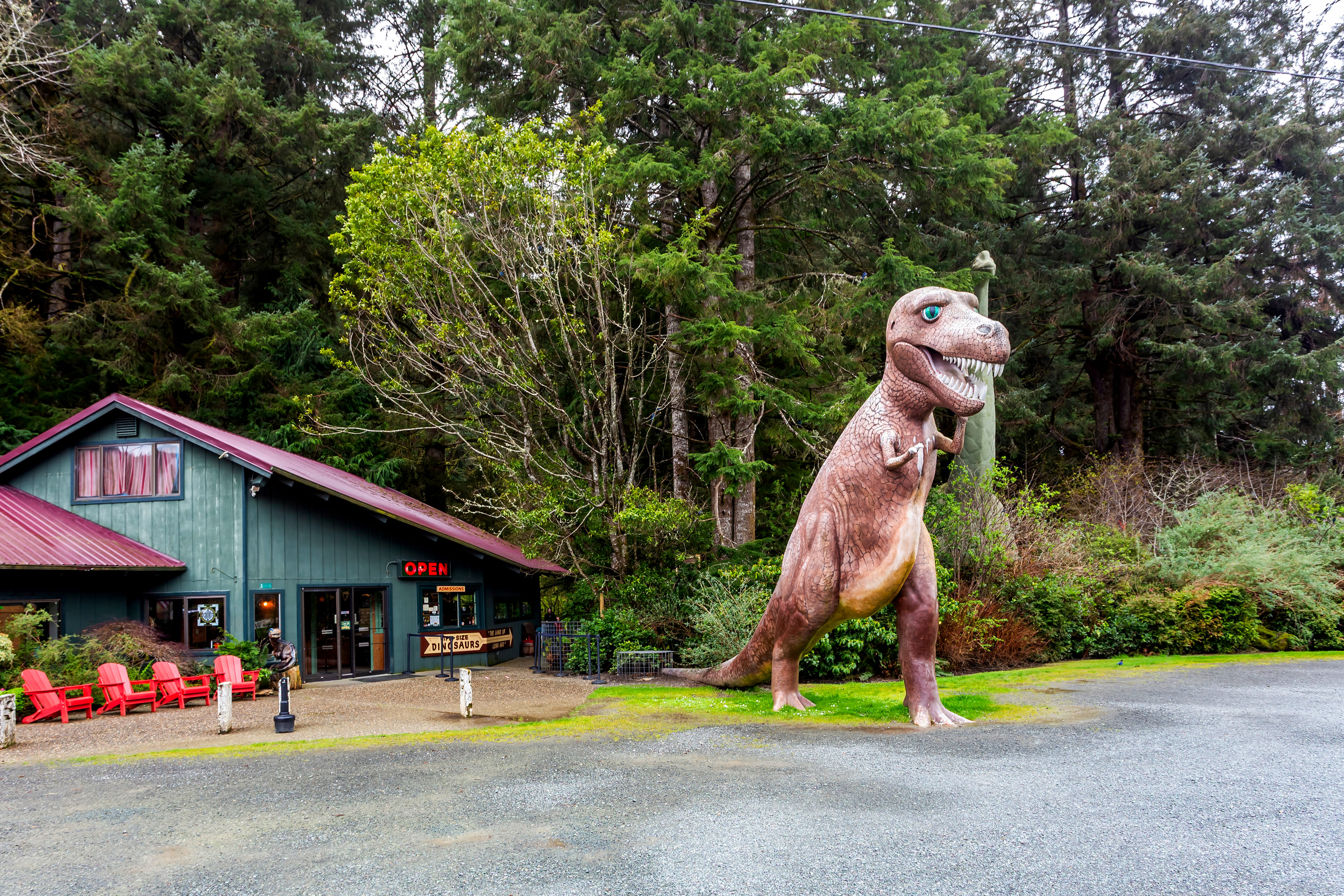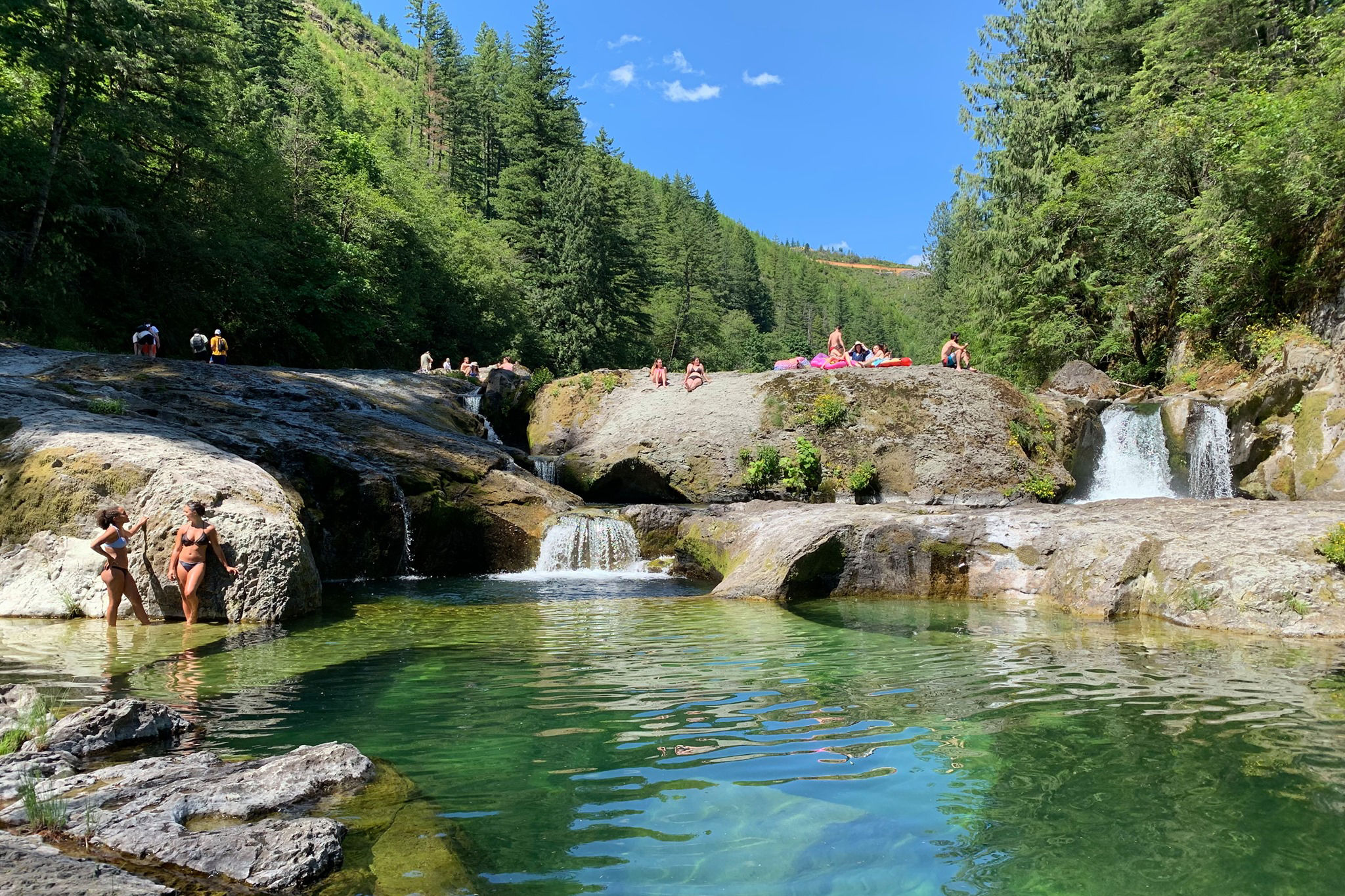Hot to Trot

The haula, or hut, at the Pu’uhonua o Honaunau National Historical Museum was once used by Hawaiian fishermen.
I have a thing for volcanoes. Cappadocia, an arid region in central Turkey, enchanted me with its castle–like formations of stone forged by ancient eruptions and desert winds. I felt the power and terror of Vesuvius while standing among the ruins of Pompeii. And closer to home, I’m drawn to Mount St. Helens, where thick tree trunks still lie flattened against the mountain’s flanks, an eerie reminder of the force of that volcano’s 1980 blast. But when it comes to experiencing the earth’s primeval forces, nothing quite compares to the hyper–active volcanoes on the Big Island of Hawaii. Take a drive along Chain of Craters Road in Hawaii Volcanoes National Park, for instance, where the road traces the southeastern slopes of the steamy Kilauea Volcano, and you’ll find layer upon layer of freshly cooled lava blotting out the earth like a permanent shadow, and flows of magma channeling a slow, inevitable path to the sea.
Of course, a girl on vacation doesn’t live for lava alone. A Hawaiian getaway needs to include dressing up for dinner; earning a sunburn while snorkeling, paddle–boarding, or surfing (lounging by the pool works, too); and reciting bits of just–learned local history to patient companions. You also need to stay open to surprises like, say, playing with dolphins. Luckily, the Big Island has it all.
Positioned at the southeastern tip of the eight–island chain, this island is thought to be the first one settled by the Polynesian explorers who arrived here in double–hulled canoes some 1,600 years ago. And that cultural heritage is very much alive today, thanks in part to diligent preservation efforts. A third of Hawaii’s 4,000–square–mile landmass is zoned for conservation—that’s larger than all of the other islands combined. Out of this allotment, one of the more popular tourist draws is Pu’uhonua o Honaunau National Historic Park, where visitors can wander among ancient wood carvings called ki’is and encounter large green sea turtles sunning themselves in shallow coves of clear water.
To be sure, Hawaii is home to its share of all–inclusive, Disneyland–style resorts, too—and giving in to them has its merits. Where else are you going to find dolphins that appear on cue outside your hotel window? OK, you can’t actually swim with the fun–loving mammals (for safety reasons, I’m told). But at my home base for the weekend, the Hilton Waikoloa Village, on the island’s Kohala Coast, I walked down to the sea–fed lagoon and signed up for a 90–minute guided session in which I’d learn how to get a dolphin to leap out of the water and flip on command. Or at least that was the plan. Under my earnest instruction, the dolphin, a rambunctious adolescent named Keo, raced away, leapt skyward, and executed a gleeful, splashing belly flop. I could not have been more proud. Why ruin our collective joy by pointing out that he didn’t stick the landing? (Warning: expect to develop a lingering dolphin crush after such endeavors.)

But it was the volcanoes that stole my heart. Geologically speaking, Hawaii’s landmass was formed one red–hot second ago—700,000 years—making the Big Island the youngest of the Hawaiian archipelago, every inch of it poured forth from fire–belching mountains. Two volcanoes are active today: Kilauea, which has erupted continuously since 1983 and is considered the world’s most active volcano; and Mauna Loa, which, at a snowcapped 13,000 feet, dwarfs Mount Hood. Mauna Loa hasn’t erupted since 1984—but it could.
Green foothills coddled in mist and swathes of golden savanna punctuated by twisty, black–limbed trees lie below Kilauea’s slopes. The landscape is a rawboned wilderness playground for intrepid hikers, mountain bikers, and guided horseback excursions. But there’s plenty to explore just a few feet from Chain of Craters Road. As I walked away from the pavement, the land seemed to come alive beneath my feet, the lava rocks’ blackness splitting into rusty brick reds and regal purples.
And at a lookout over the Pacific Ocean, I was once again reminded that, for all its staggering beauty, the Big Island remains a work in progress. The faded blue line where the horizon and the sea meet is smudged with smoke—a haze that Hawaiians call “vog.” Somewhere deep below the water’s surface, a lava flow is funneling forth and a new volcano, called Lo’ihi, is forming on the ocean floor. One day this infant peak may tower over even snowy Mauna Loa. But for now, I am content to merely imagine the possibility and add another moment to my growing catalog of volcano memories.




